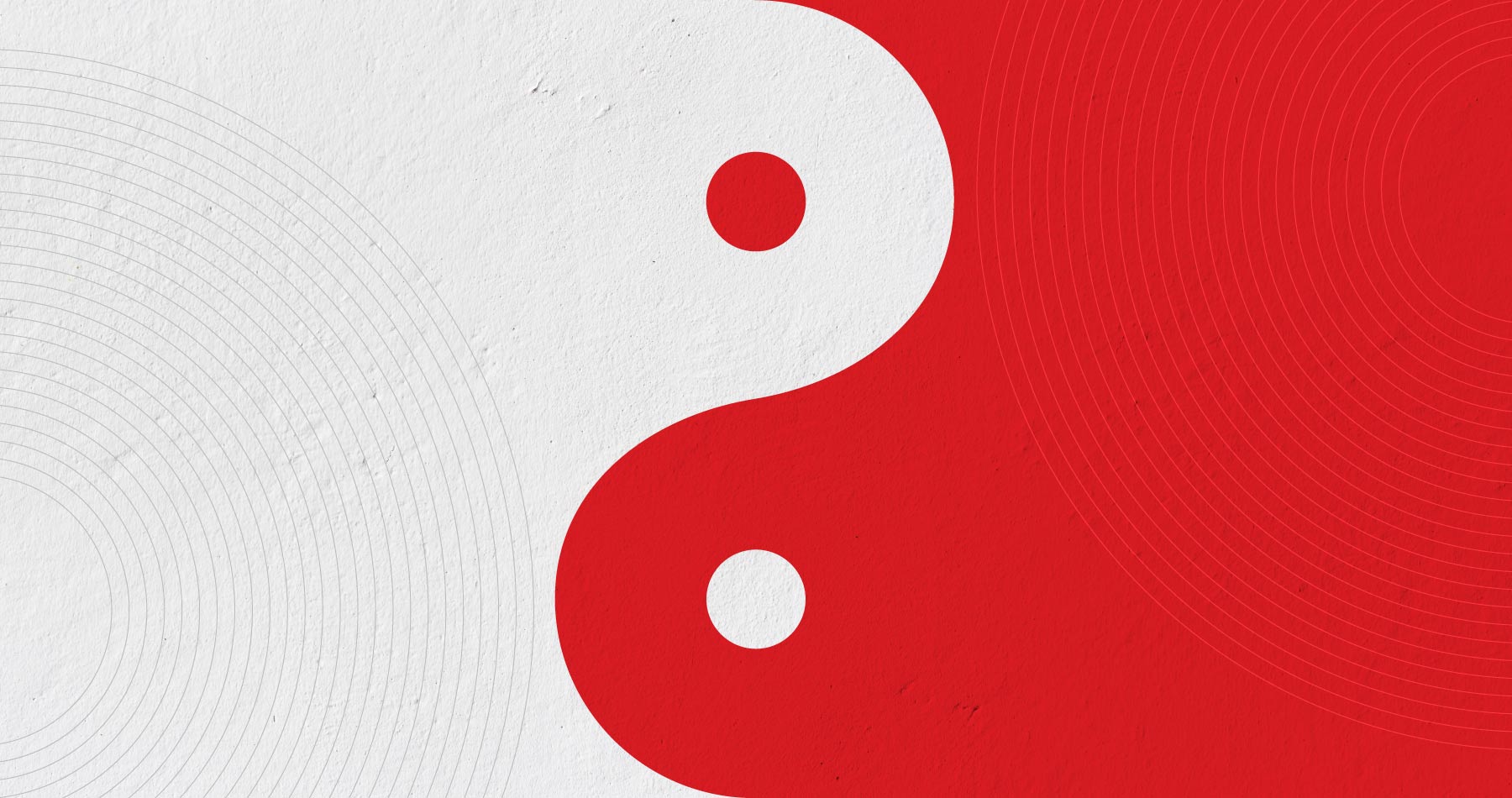In the world of digital marketing, social media is one of the most powerful tools for brand awareness, customer engagement and lead generation. But when it comes to how you use social media to achieve your business goals, there’s an ongoing debate: organic or paid?
The truth is, it’s not one or the other. Think of organic and paid as the yin and yang of your social media strategy—distinct forces that complement each other, each playing a vital role in creating a balanced and effective marketing ecosystem.
Let’s break it down.
Organic social media refers to any content that is posted to your social platforms without paid promotion. This includes everything from a quick caption and image to a podcast snippet, blog link, case study or video. It’s what your current followers see in their feeds when they scroll through content naturally.
The purpose of organic content is to build relationships. It’s about nurturing your audience by sharing valuable, entertaining or informative content. Whether someone likes, comments, shares or simply watches your content for a few seconds, every interaction helps build familiarity and trust with your brand.
For B2C brands, organic content is often fun, vibrant and heavily visual. For B2B companies, organic channels can serve as a platform to educate and build authority (think thought leadership, case studies or industry news).
Paid social media involves placing money behind your content to reach a wider or more targeted audience. This could be as simple as boosting a post for $10 or as complex as running multi-tiered campaigns across platforms with segmented audiences and varying goals.
The beauty of paid social is that it allows you to get your content in front of people who don’t already follow you—your “outer circle.” Whether you’re looking to generate leads, drive sales or increase attendance for a webinar, paid social gives you the power to scale.
In B2C, paid ads can drive traffic directly to product pages, while B2B efforts might focus on lead actions like form submissions or registrations.
Here’s where it gets interesting: the magic happens when you combine both organic and paid strategies. As Ronnie Gomez stated on Sprout Social “For the sake of maximizing your reach while keeping your budget in check, a hybrid paid and organic social media strategy provides brands with the best of both worlds.”
These two forces aren’t just complementary—they’re co-dependent. Let’s look at how paid and organic content work together:
1. Retarget Your Organic Audience: Leverage engagement on organic content to build retargeting audiences for paid campaigns. Did someone like your recent post about a new product? Great! You can now serve them a paid ad encouraging them to make a purchase or sign up for more info.
2. Boost What’s Working: If a piece of organic content is performing well, that’s a good signal it will perform well with a broader audience. Put some budget behind it to amplify its impact and reach.
3. Test and Learn: Use organic social as your testing ground. Try different formats, tones, visuals and calls to action. Then, take those insights into your paid campaigns to maximize ROI.
4. Fill the Gaps in Your Funnel: Organic content often lives in the awareness and engagement stages of your funnel. Paid ads can help push people further down that funnel; driving them to sign up, buy or convert. Together, they keep users moving through the funnel more effectively.
5. Leverage Website Behavior: Install a pixel on your website to track user behavior. You can then create retargeting ads or boost organic content that complements their interests based on what pages they visited or actions they took.
Many brands—especially those with limited budgets—start with organic to build a baseline. Once they see what content resonates, they put dollars behind the strongest performers.
For example:
These dual-track strategies work because they meet users where they are—organically building trust and then reinforcing that trust with targeted, action-driving ads.
Relying solely on organic content limits your reach. Running only paid ads can feel impersonal or disconnected. But together? They create a full-funnel marketing machine that attracts, engages, and converts.
Organic social is your foundation—your voice, your story, your day-to-day touchpoint.
Paid social is your amplifier—it takes your message to new audiences and nudges them toward conversion.
When treated as partners, rather than competitors, organic and paid social become both the fuel and the fire of an effective marketing strategy.
